Pigeon Peas


Pigeon Peas
Product Price:
₹40.00 Original price was: ₹40.00.₹30.00Current price is: ₹30.00.
Pack of 15 seeds
Everyday essentials can support a healthier planet. This choice reflects a commitment to natural balance, using fewer resources and encouraging long-term use. Ideal for anyone looking to live more lightly and protect what matters most—our shared environment.
Description
🫘 Pigeon peas (Cajanus cajan), also known as toor dal, arhar, or red gram, are a protein-rich legume widely cultivated and consumed across India, Africa, Latin America, and Southeast Asia. They’re a staple in Indian cuisine and a powerhouse in terms of nutrition and soil health.
🌿 Botanical & Agricultural Profile
- Family: Fabaceae (legume family)
- Growth habit: Shrubby or perennial plant, 1–4 meters tall
- Climate: Thrives in semi-arid tropical regions; drought-tolerant
- Soil: Sandy loam or loam; pH 5.0–7.5
- Sowing season: June–July (Kharif); also grown in Rabi season
- Harvest: 95–256 days after sowing depending on variety
🧪 Nutrition Highlights (per 100g dry seeds)
| Nutrient | Amount |
|---|---|
| Calories | ~343 kcal |
| Protein | ~21.7 g |
| Carbohydrates | ~62.8 g |
| Fiber | ~15 g |
| Fat | ~1.5 g |
| Iron | ~2.4 mg |
| Magnesium | ~61 mg |
| Phosphorus | ~181 mg |
| Potassium | ~698 mg |
| Folate | ~153 µg |
Pigeon peas are rich in essential amino acids like lysine, leucine, and tryptophan, making them a valuable plant-based protein source.
💚 Health Benefits
- Supports heart health: High in potassium and fiber
- Manages diabetes: Low glycemic index and complex carbs
- Boosts immunity: Rich in vitamin C and antioxidants
- Prevents anemia: Excellent source of iron and folate
- Aids digestion: High fiber content promotes gut health
🍽️ Culinary Uses
- India: Used as toor dal in sambars, dals, and curries
- Africa & Caribbean: Cooked with rice, yams, or cassava
- Latin America: Featured in stews and soups (e.g., arroz con gandules)
- Asia: Sometimes fermented into tempeh or tofu
🌾 Farming & Soil Benefits
- Nitrogen fixer: Improves soil fertility naturally
- Intercropping: Commonly grown with millets, maize, or cotton
- Green manure: Adds organic matter and nutrients to soil
Related products
-
Sale!
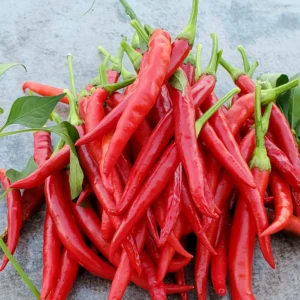
Guntur Chilli
₹40.00Original price was: ₹40.00.₹30.00Current price is: ₹30.00. Add to cart -
Sale!
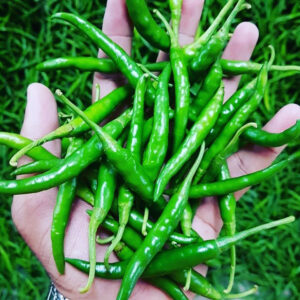
Chilli G4 Long
₹40.00Original price was: ₹40.00.₹30.00Current price is: ₹30.00. Add to cart -
Sale!
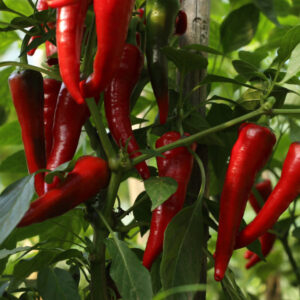
Byadagi Hot Chilli
₹40.00Original price was: ₹40.00.₹30.00Current price is: ₹30.00. Add to cart -
Sale!
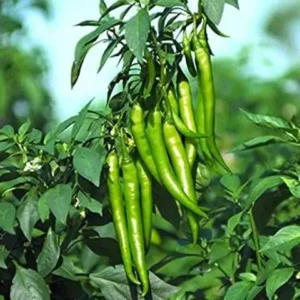
Anugraha Chilli
₹40.00Original price was: ₹40.00.₹30.00Current price is: ₹30.00. Add to cart -
Sale!
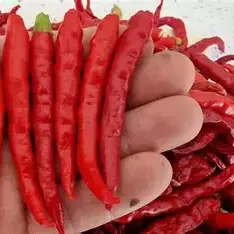
Teja Chilli
₹40.00Original price was: ₹40.00.₹30.00Current price is: ₹30.00. Add to cart -
Sale!
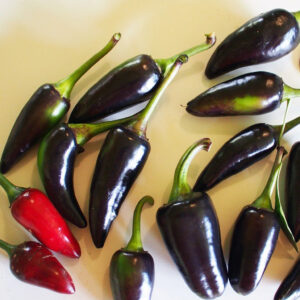
Black Chilli
₹40.00Original price was: ₹40.00.₹30.00Current price is: ₹30.00. Add to cart -
Sale!

Bhaskara Chilli
₹40.00Original price was: ₹40.00.₹30.00Current price is: ₹30.00. Add to cart -
Sale!
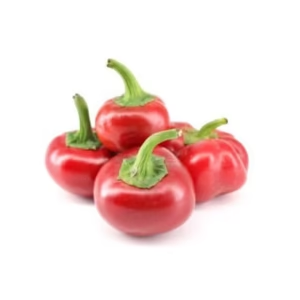
Cherry Chilli
₹40.00Original price was: ₹40.00.₹30.00Current price is: ₹30.00. Add to cart -
Sale!
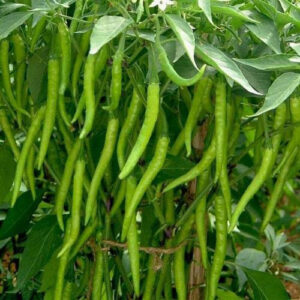
Arya Chilli
₹40.00Original price was: ₹40.00.₹30.00Current price is: ₹30.00. Add to cart -
Sale!

Capsicum Green
₹60.00Original price was: ₹60.00.₹45.00Current price is: ₹45.00. Add to cart

GOSHO.STORE is your go-to online destination for quality products, great deals, and a seamless shopping experience. From everyday essentials to exclusive finds, we bring convenience, value, and customer satisfaction to the forefront of online shopping. Shop smart. Shop easy.
Shop with GOSHO.
Reviews
There are no reviews yet.